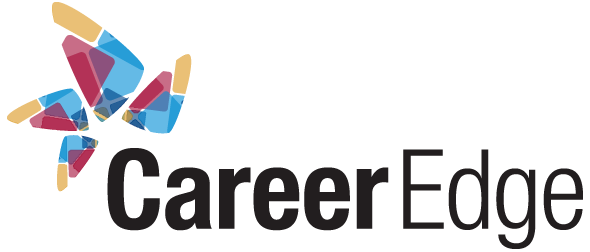
Last year, we shared our 3 tips for employers looking to develop a diverse and inclusive workforce by bringing employees with vampirism into their organizations. Many employers have already started to recognize and value the skills and (literally) hundreds of years of experience that vampires bring to the workplace.
More recently, the team at Career Edge Organization has been proud to support a similar diversity recruitment trend lurching into Canada’s HR community. Unlike the popular depictions seen in films and television programs like AMC’s The Walking Dead and 28 Days Later, zombies actually represent a remarkably skilled and highly qualified group of professionals.
However, as the 2006 film Fido noted, “Good dead are hard to find.” As this talent pool is largely underground, employers often face challenges when it comes to the three R’s (Resurrection, Recruitment, and Retention). To address these challenges, we have developed the following Do’s and Don’ts as a guide to support employers looking to unearth this unique source of talent.

DO
Leverage zombie-serving community organizations to connect with the undead. Zombies often face barriers to employment and frequently turn to agencies that help them connect with employers that value their experience and “flesh” perspectives.
DON’T
Overlook qualified candidates based on appearances. Showing up for an interview having recently emerged from the grave can make some zombie professionals look a little worse for wear. Assess candidates based on skills and attitude to get the right fit for your company.
DO
Consider flexible work arrangements. While zombies have exceptional attendance records due to being oblivious to injury and illness (with the exception of decapitation), they fear bright lights and often prefer to avoid daylight.
DON’T
Mistake non-zombies for zombies. It can often be difficult to differentiate between zombies and other colleagues that haven’t consumed enough coffee. Make reasonable accommodations to optimize performance for zombies, and non-zombies alike.
DO
Celebrate the diverse skills of individuals that positively impact achieving business goals. Build recognition programs to incent those individuals who contribute to both personal and team performance.
DON’T
Build formal (or informal) employee reward programs that include elements that could offend or terrify workers, including zombies. As zombies have a strong fear of fire, think twice before lighting up the candles to celebrate a colleague’s birthday.
The key to developing a truly diverse and effective workplace is taking everyone’s needs into consideration. Whether your team includes zombies, vampires, ghosts, or werewolves, it is critical to have recruitment and retention practices that are accessible and that build on differences to achieve success.

 But regardless of the approach that Gen Y takes to career advancement, they realize that they can’t do it alone. Over 90% of Gen Y workers recognize
But regardless of the approach that Gen Y takes to career advancement, they realize that they can’t do it alone. Over 90% of Gen Y workers recognize 

 Since the launch of the Career Bridge paid internship program in 2003, over 1,700 skilled immigrants have gained valuable Canadian work experience consistent with their professional experience and education, with over 80% of interns landing full-time employment in their field post-internship.
Since the launch of the Career Bridge paid internship program in 2003, over 1,700 skilled immigrants have gained valuable Canadian work experience consistent with their professional experience and education, with over 80% of interns landing full-time employment in their field post-internship.